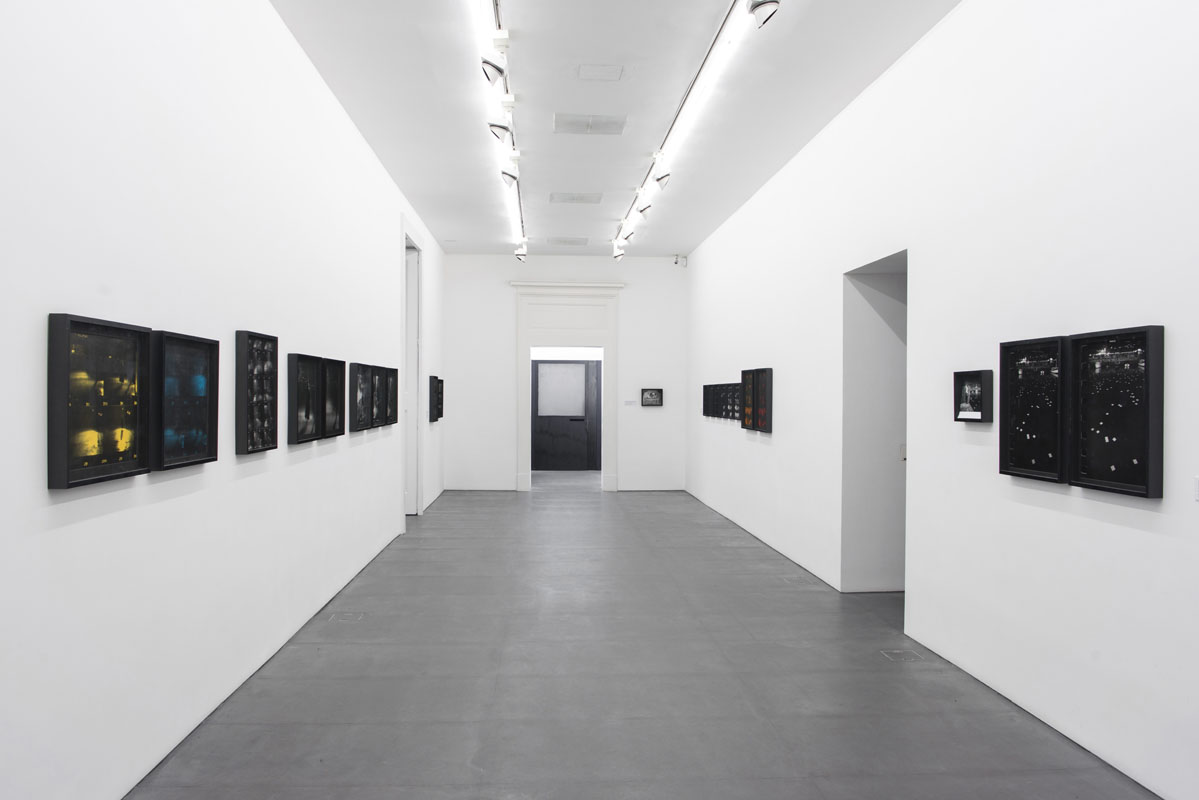Ugo Mulas (Pozzolengo 1928 – Milano 1973).
In 1948 moves to Milano where he is in touch with artists and intellectuals that meet at the Brera Fine Arts Academy and at the Jamaica Bar. Self-taught, he soon realizes that being a photographer means to provide a critical testimony of the society in which one lives, the society after World War II.
It is this sensitivity that leads Mulas to his first subjects: the suburbs of Milan, the Central Station and his friends at Jamaica Bar in 1953-1954.
In 1954 he was assigned to document the Venice Biennale together with photojournalist and friend Mario Dondero. He covers every Venice Biennale until 1972 photographing its most important moments such as Alberto Giacometti's protest at the award ceremony (1962) and the success of American Pop artists (1964). At 1964 Biennale he meets art critic Alan Solomon, art dealer Leo Castelli and the Pop Artists. Following his curiosity for this new art movement between 1964 and 1967, he travels to New York where he puts together an extraordinary body of images published in the book “New York: the new art scene” (1967).
His interests in the artistic practice, in the making of Art, leads him to photograph Italian and foreign artists of the 50s and 60s in their studios while at work (Alexander Calder, Marcel Duchamp, Lucio Fontana, Jasper Johns, Robert Rauschenberg, Andy Warhol and many others) but also the studio itself without people, focusing on the details and the place and anticipating future developments of this topic in photography.
Influenced by the new forms of experimentation in Art, he applies that same approach to photography, working until the end of his life to his long term unfinish project Verifiche (1962-1970) a major study on the concept of photography, composed of texts and images produced through an intensive work in the dark room.
His new approach to the use of the image gave birth to important theatrical collaborations where he conceived a new model of theatre stage photography and experienced alternative uses of photography for the scenes on stage.












